PsychNewsDaily Publishers
100 Summit Drive
Burlington, MA, 01803
Telephone: (320) 349-2484
PsychNewsDaily Publishers
100 Summit Drive
Burlington, MA, 01803
Telephone: (320) 349-2484
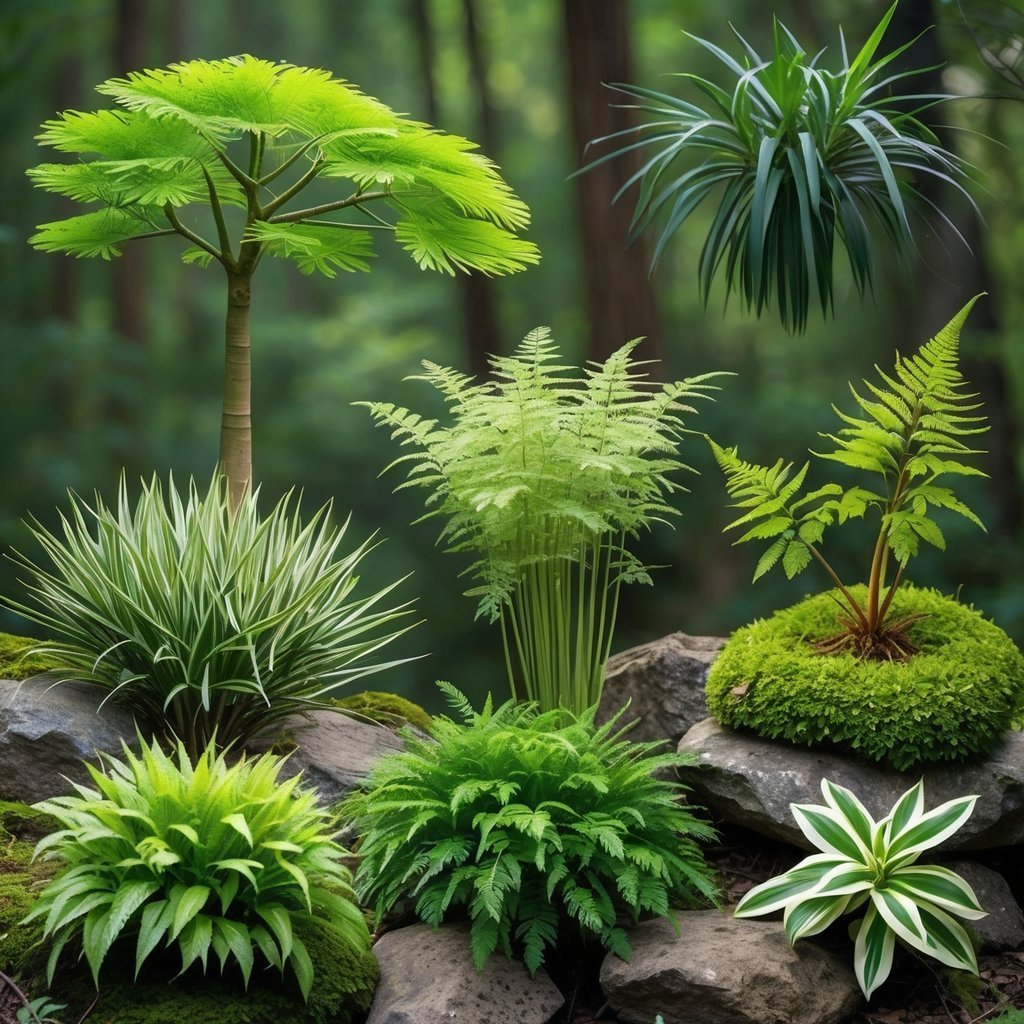
Plants that have been around for millions of years still pop up in gardens and wild places today. These ancient species have survived all sorts of changes on Earth, and honestly, that’s pretty impressive.
You might not realize it, but some of the plants you see every day—or maybe even grow yourself—are part of this incredible legacy.
When you start to understand ancient plants, you can’t help but appreciate how they’ve managed to stick around. They give us a peek into Earth’s deep past and prove that life really can push through just about anything.
Let’s check out eight ancient plants that are still with us today.
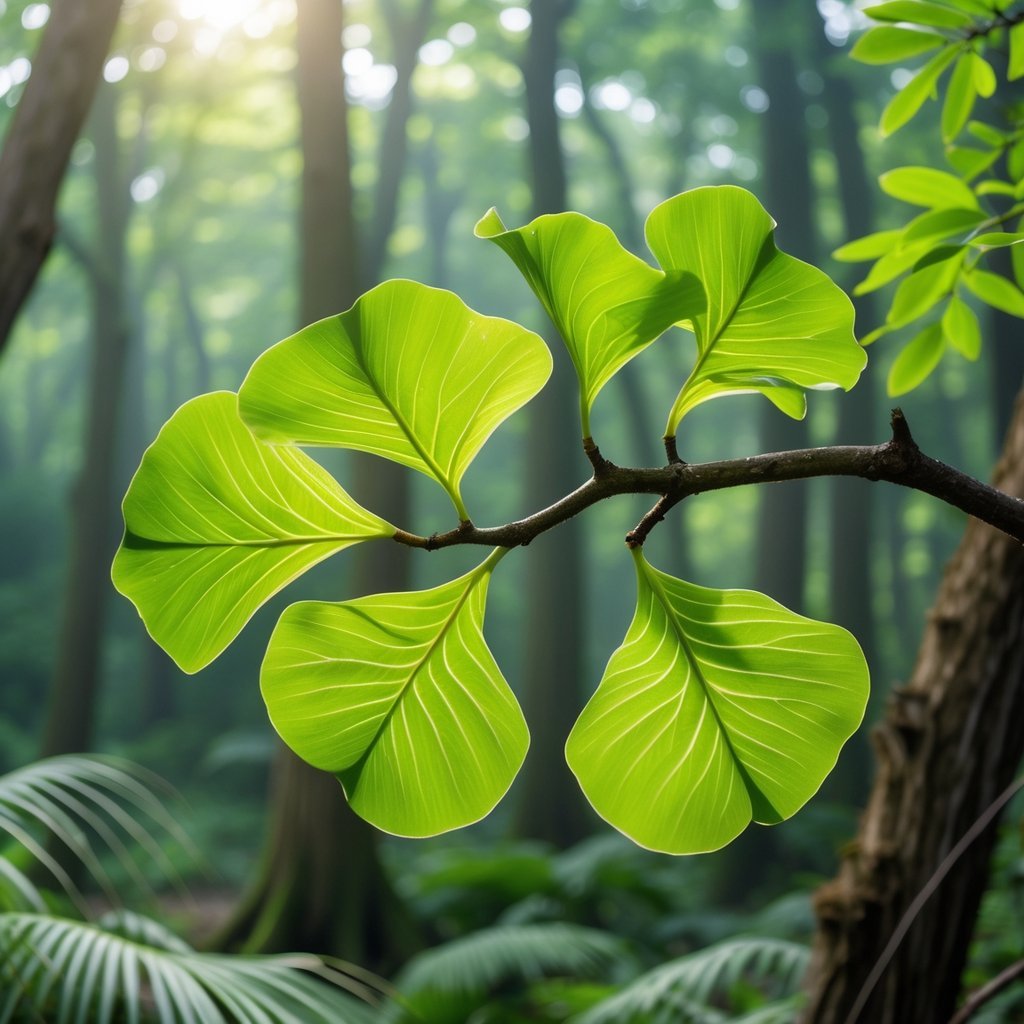
You’ve probably seen ginkgo biloba before—those trees with fan-shaped leaves that turn gold in the fall. Ginkgo has been kicking around for over 200 million years, which is just wild to think about.
These trees show up in city streets and gardens all over the place. Ginkgos handle tough conditions and just keep going, no matter what.
Some even survived the Hiroshima nuclear blast. That’s how tough they are.
People have used ginkgo leaves in traditional medicine for ages. When you spot a ginkgo, you’re literally looking at a living fossil.
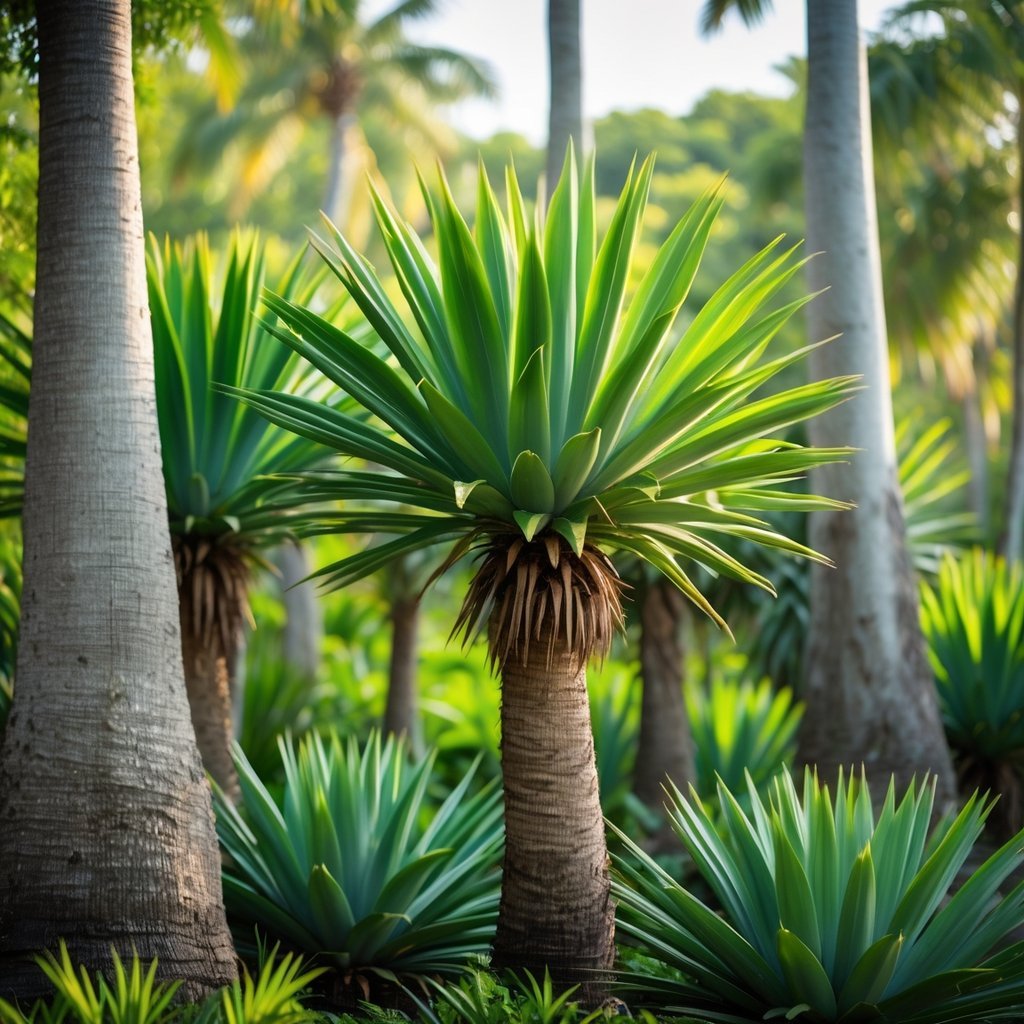
Cycads have been growing since dinosaurs stomped around. If you look closely, you’ll see their big seeds right at the center of the plant’s crown.
Cycads grow slowly, but they can live for centuries—sometimes even up to a thousand years. You’ll mostly find them in warm climates.
They have a quirky way of bouncing back, too. If the tip gets damaged, they just sprout new leaves.
Cycads also team up with bacteria in their roots. The bacteria help them get nitrogen, which keeps them healthy and growing.
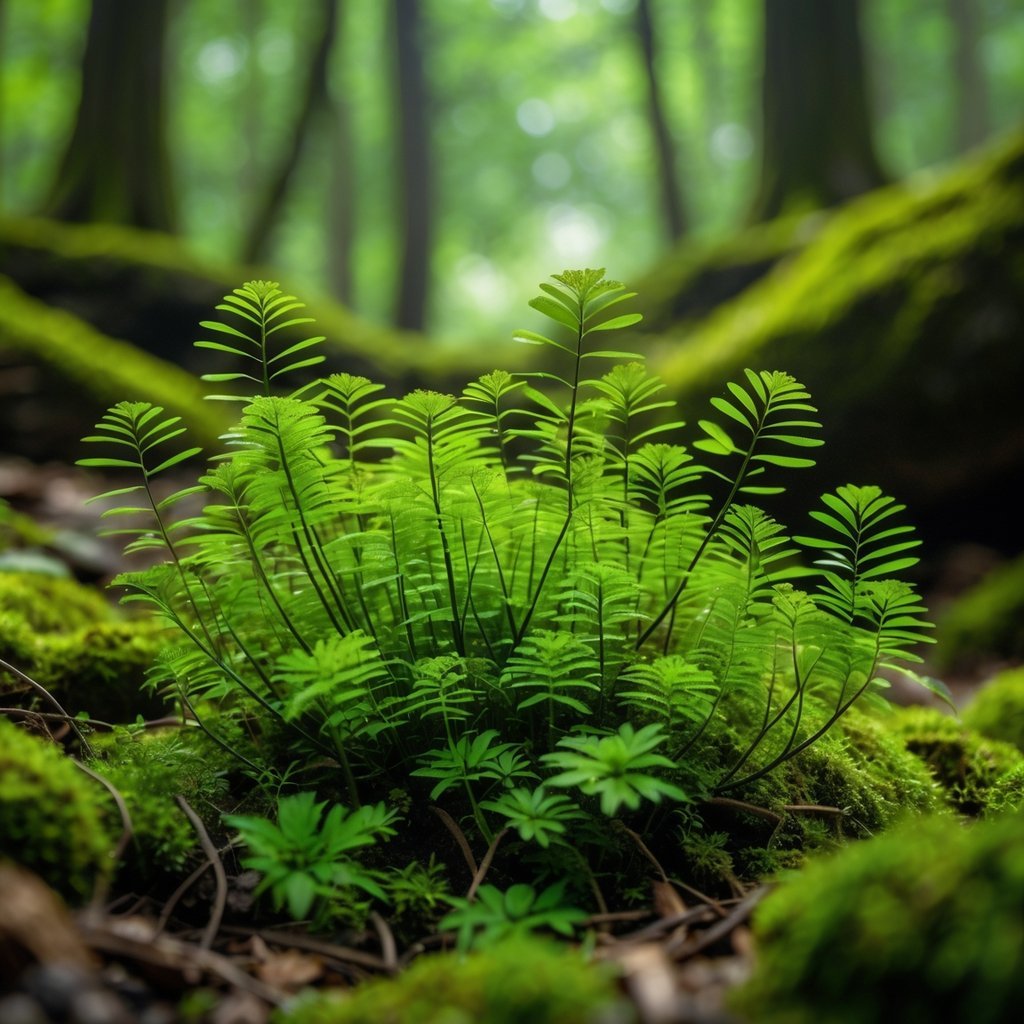
Clubmosses have been around for more than 400 million years. Back in the day, they grew as towering trees, but now you’ll see them as small, green plants hugging the ground.
You’ll usually spot clubmosses in cool, shady forests where it stays damp. They need moisture for their spores to grow.
Despite the name, they aren’t true mosses. Their tiny, scale-like leaves make them look a bit like mini pine trees.
If you like exploring the woods, finding clubmosses feels like discovering a little piece of prehistory.
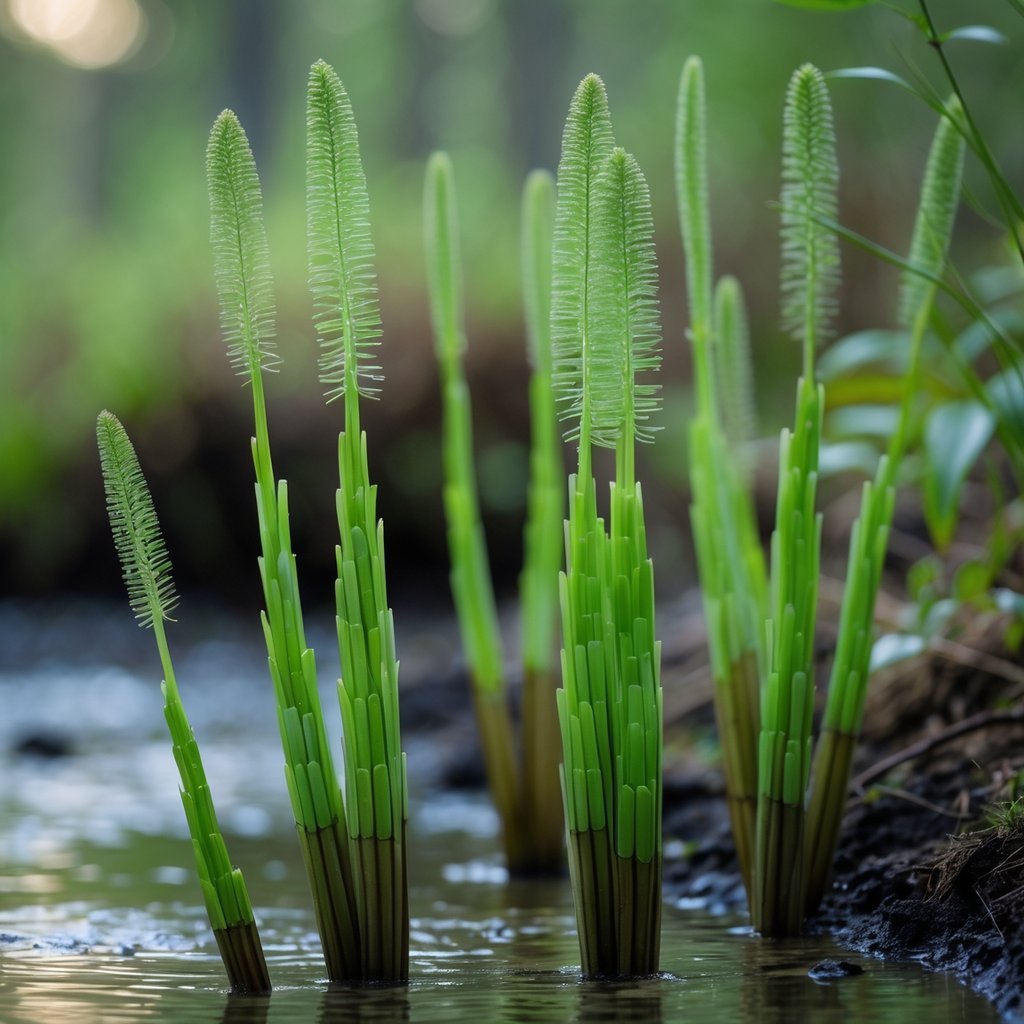
Horsetail stands out with its jointed, green stems that kind of look like a bottle brush. This plant has stuck around for over 300 million years.
Instead of seeds, horsetail spreads by spores. That’s a bit unusual these days.
A long time ago, horsetail grew as giant trees. Now, most types stay small.
People have turned to horsetail for medicine since Roman times. Its high silica content is said to help with hair and bones.
Look for horsetail near streams or any spot that stays nice and moist.
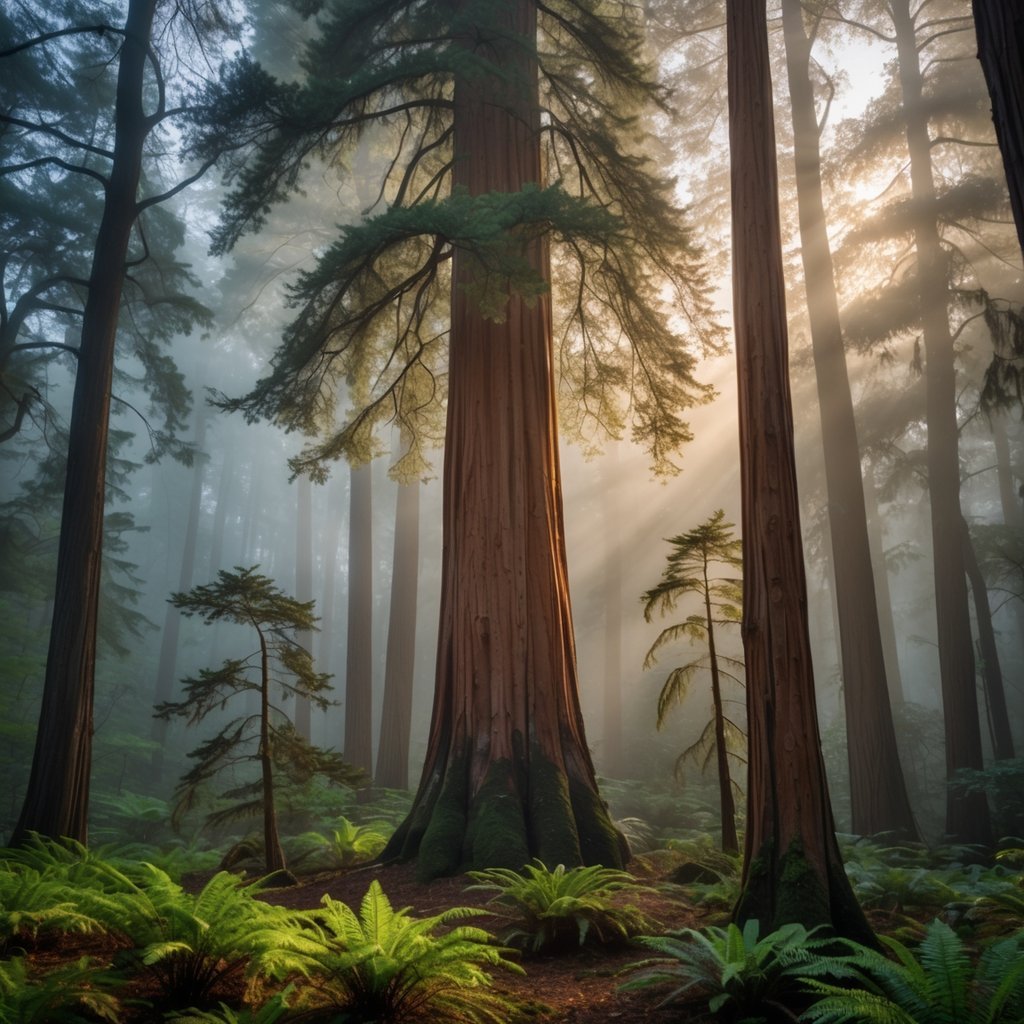
The Dawn Redwood is a real survivor—over 100 million years old. For a while, people thought it was extinct, but then someone rediscovered it in China in the 1940s.
Dawn Redwoods grow quickly and drop their leaves every year, which is pretty unusual for a conifer.
If you plant one, you’re actually growing a living piece of history. Even though they’re rare in the wild, you’ll see them in gardens and parks.
Their bright green leaves turn a lovely reddish-brown in the fall, so they’re easy to spot.
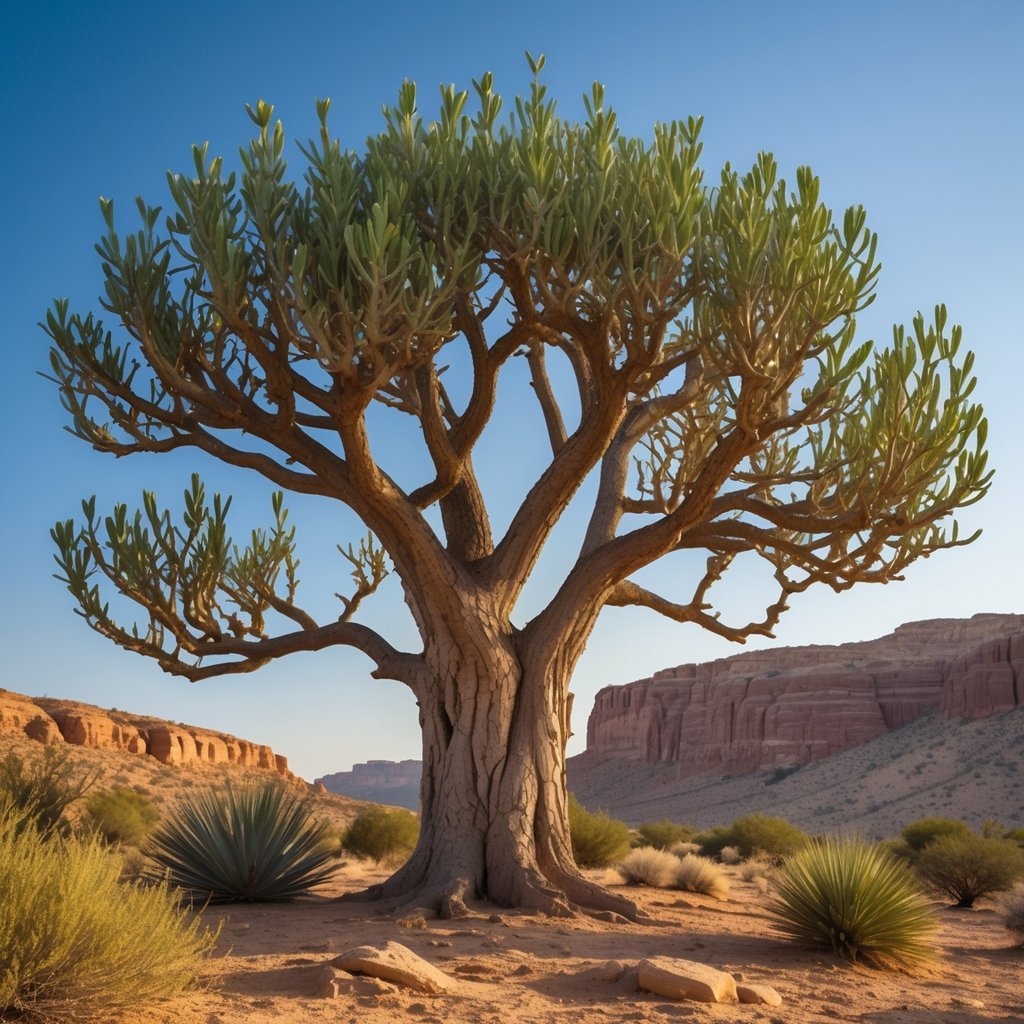
Most people know the frankincense tree for its fragrant resin. Folks have used that resin for thousands of years in perfumes, medicine, and spiritual ceremonies.
Frankincense trees grow in dry, rocky places. Harvesters collect the resin by making little cuts in the bark and letting the sap harden.
You can still find frankincense in essential oils and incense today. But these trees face problems—over-harvesting and habitat loss are big issues.
People are working to protect and grow more frankincense trees, but it’s an uphill battle.
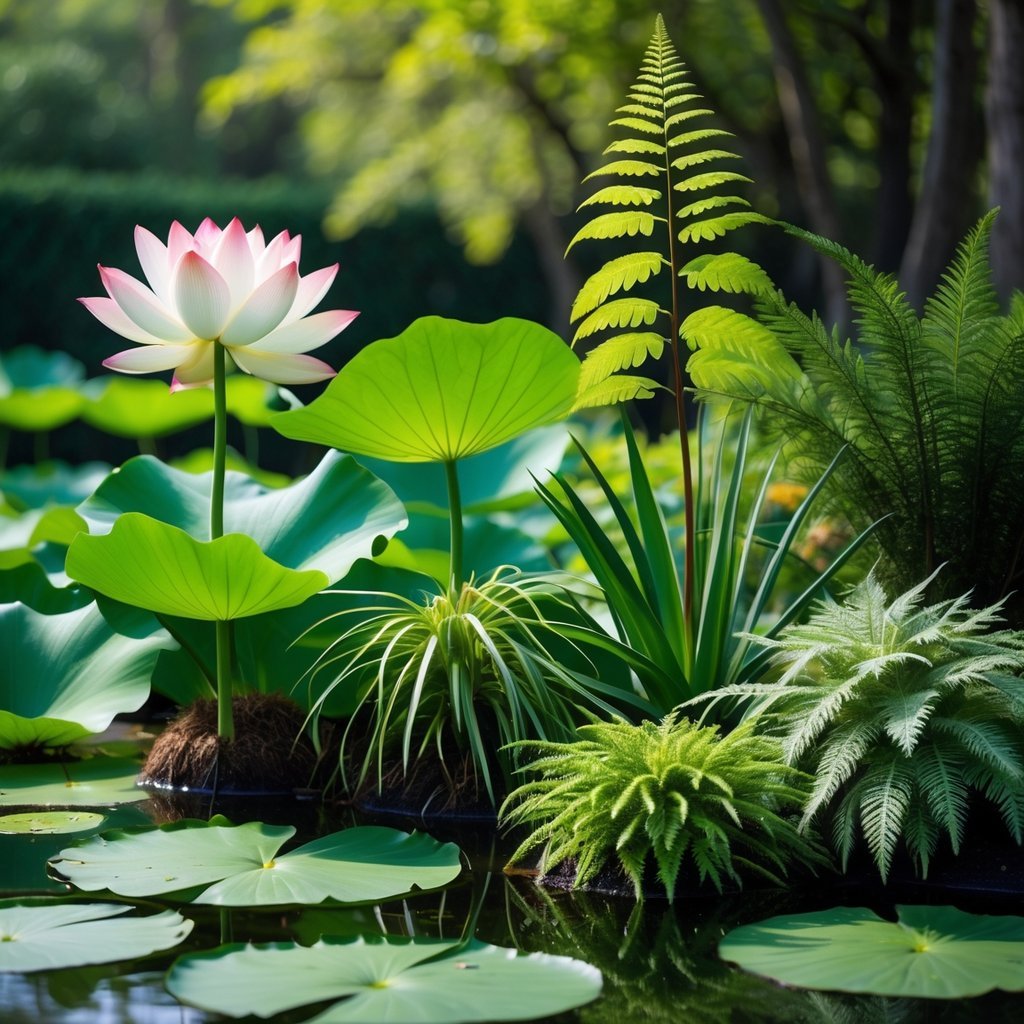
Lotus is another ancient plant you can still find today. It grows right in water, with roots anchored in mud at the bottom of ponds or rivers.
Its big leaves float or sometimes stick up above the water. Some leaves even reach over six feet long.
Lotus flowers are gorgeous and have meant a lot to different cultures. In ancient Egypt and Asia, people saw the lotus as a symbol of purity and spiritual growth.
If you want to grow a lotus, you’ll need a warm pond or water garden. It’s a peaceful plant that brings beauty—and a bit of ancient history—to your yard.
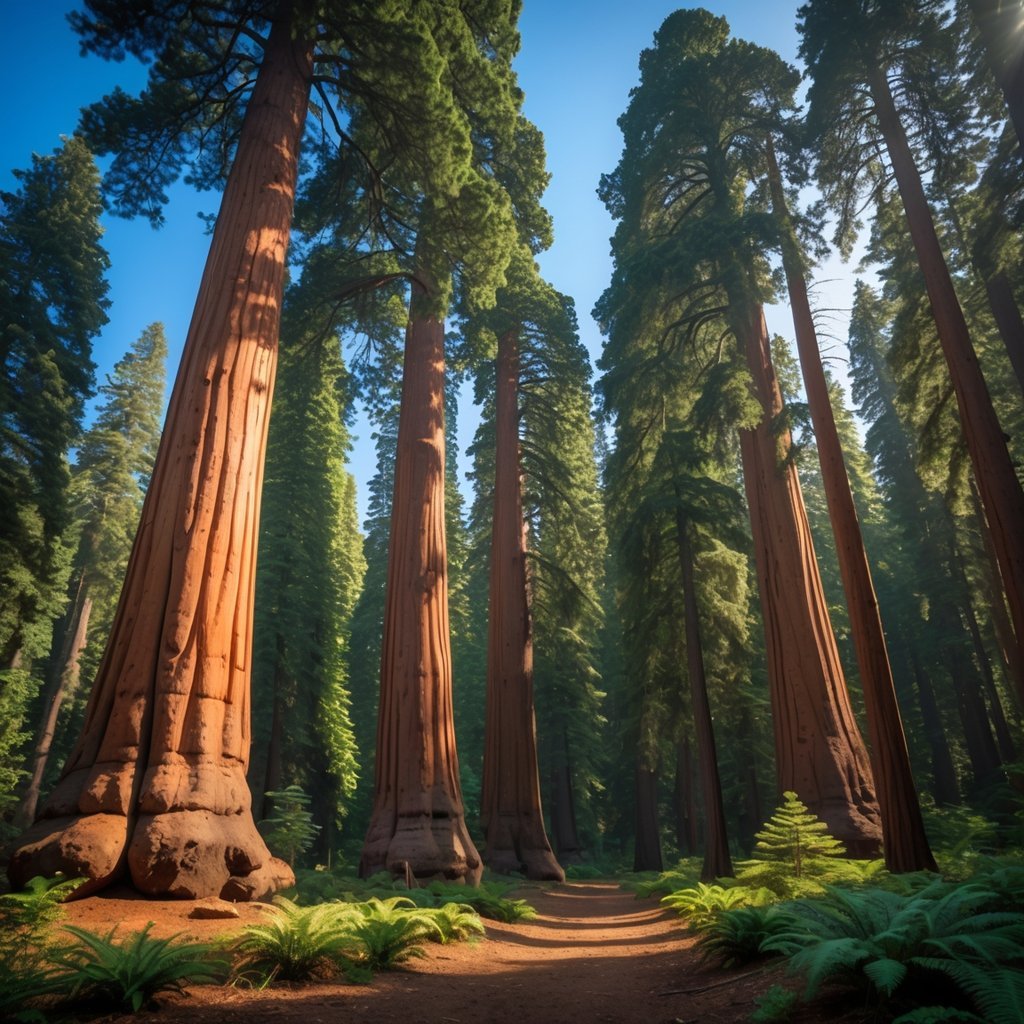
Sequoia trees are honestly some of the oldest living plants you’ll ever come across. You mostly find these giants in California, right in the Sierra Nevada mountains.
They’ve survived for millions of years, somehow making it through all sorts of environmental changes. When you spot a sequoia, you can’t help but notice just how massive and wide it is.
The General Sherman tree, for example, holds the title for the biggest living tree by volume. It towers over 80 meters tall—kind of wild, right?
Sequoias are incredibly tough and can live for thousands of years. If you ever wander through a sequoia forest, you really feel the weight of all that history.
These trees have this way of reminding you that nature can stick around, as long as we take care of it. Trying to grow a sequoia takes patience, but honestly, it’s a pretty amazing way to connect with ancient Earth.